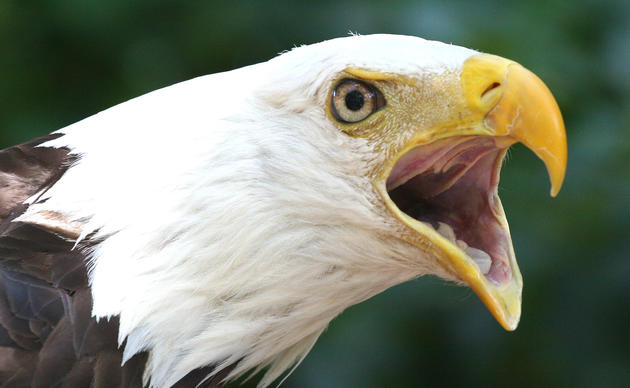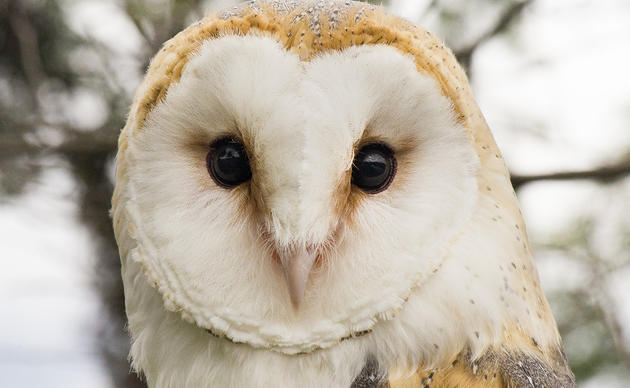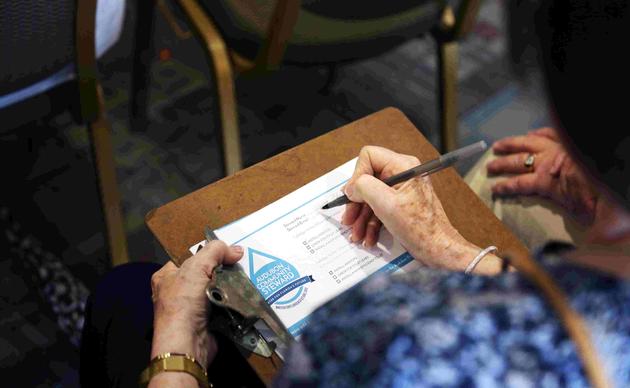EagleWatch Monitoring Protocols
Purpose of monitoring: To collect data that will be used to better understand the needs of Florida’s Bald Eagle population and the threats they face.
Nest assignment and identification: Locate and visit the assigned nest(s). If you are unsure about the location, be careful. You may wish to take a partner on the first visit if the nest appears to be in a secluded area. If you do not observe any eagles on your first visit(s) to your assigned nest, please continue to investigate the area periodically through the end of the season. Not all eagles return to their territories at the same time, and late arrivals can still be productive into April and May.
If your nest is in a neighborhood or on private property, be considerate of the landowners. Introduce yourself if appropriate -- these individuals may be able to supply a wealth of information about historical nesting activity of the birds on their property and could be an asset to the Audubon EagleWatch program. The most successful observations have generally been those nests with whom the volunteers have established a collaborative relationship with the property owners.
It is common for several EagleWatch volunteers to be assigned to a nest. This results in a richer, denser reporting of the nest activities. Your coordinator will share any relevant information about the nest and its activities with all volunteers assigned to a specific nest.
Observation timetable: In general, the best observations are twice a month from October through May. Nest may be visited at any time during the day but the best times to observe eagles at the nest are typically from 7 a.m. - 11:00 a.m. or after 3:00-5:00 p.m due to their pattern of activity.
Observation methods: Bring a compass or cell phone and note directons of flight patterns; birds can become quite predictable once you’re familiar with their activities. Eagles typically have a favorite tree close to the nest upon which they perch and maintain vigilent guard over their nestlings. Use binoculars or a spotting scope to scan the area to see if birds are present and to view the nest. FWC Guidelines advise that no activity take place within 330 feet of the nest during nesting season. It may be necessary to observe even further away to avoid disturbing the birds. In some cases, particularly urban nests, it is possible that your observation site is closer than 330 feet. But do NOT do anything to upset the birds if the nest appears active (fresh branches added, lots of feces underneath, both adults in area). If the birds flee and vocalize, they are disturbed and you must make your observations from a more distant point.
Key Observations:
Once eggs have been laid, you can expect to find one of the parents on the nest at all times. both male and female take turns sitting on the eggs. Record and report when they start incubating. This is characterized by one adult sitting in the middle of the nest. Incubation lasts for about 35 days; both parents share in the incubating of the eggs. If the nest is especially deep, you may be unable to see the incubating adult. Continued observations are essential to confirm activity during this potentially confusing nesting stage.
Try to determine when the eggs hatch and report this date. Egg(s) have hatched if adults are seen bringing food to the nest, tearing it up and feeding it to the young eagles. It can take up to two weeks before you might actually see the eaglets. Once eggs have hatched, for the next several weeks, one eagle will be at the nest at all times as the eaglets are not able to regulate their own body temperature and require constant brooding.
The most critical information volunteers collect for determining nest producitivy is the number of eaglets that survive to fledge (leave the nest). All eaglets reported as seen during the season must have an outcome of either Fledged or Perished by the end of the season. Fledging is normally preceded by branching for 7-10 days.
Check your nest after a bad storm. If an eaglet has fallen from the nest, it may need to be rescued and taken for treatment. Call your local county coordinator, where applicable, or the EagleWatch Program Manager for assistance. You may also call The Audubon Center for Birds of Prey in Maitland Florida (see What to Do If You Find a Sick or Injured Raptor) for more information.
Possible violations of the Bald Eagle Management Act: The regulations regarding activities around an eagle nest are extensive and complex. EagleWatch volunteers are not expected to “enforce” or otherwise engage in discussions with potential violators. However, it is important that all EagleWatch volunteers become familiar with the protections afforded by state and federal laws in order to bring possible violations to the attention of the appropriate authorities.
Emergencies: In the event of an emergency nest situation (i.e., violations of the federal or state laws protecting the eagles and their nest sites, or if the eaglets are in danger or injured), please document the violation immediately call your local EagleWatch coordinators and the Audubon Florida EagleWatch Coordinator. They, in turn, will contact Florida Fish and Wildlife Conservation Commission and the USFWS.
Audubon Center for Birds of Prey 407-644-0190
Shawnlei Breeding: eaglewatch@audubon.org
Wildlife Alert Emergency Number to report Wildlife Violations 1-888-404-3922
Program this important contact info into your cell phone now so that you have them!
How you can help, right now
Support the Audubon Center for Birds of Prey
Your donation helps to protect America's birds, wildlife, and habitats. Donate critical funding needed to support our important rehabilitation and education work.
Subscribe to Raptor News
Sign up for our monthly newsletter and stay up to date with what's happening at the Audubon Center for Birds of Prey.
Become a Water Steward
Engage the public in water and energy conservation using simple steps to save water inside the home, outside the home and in your community.




